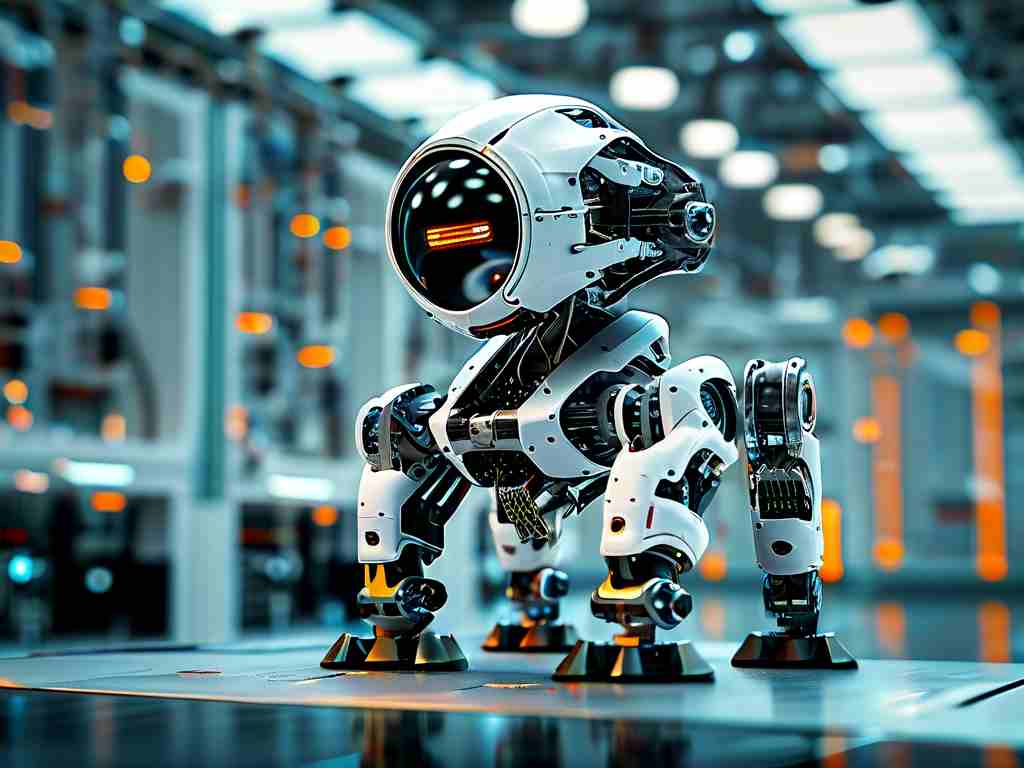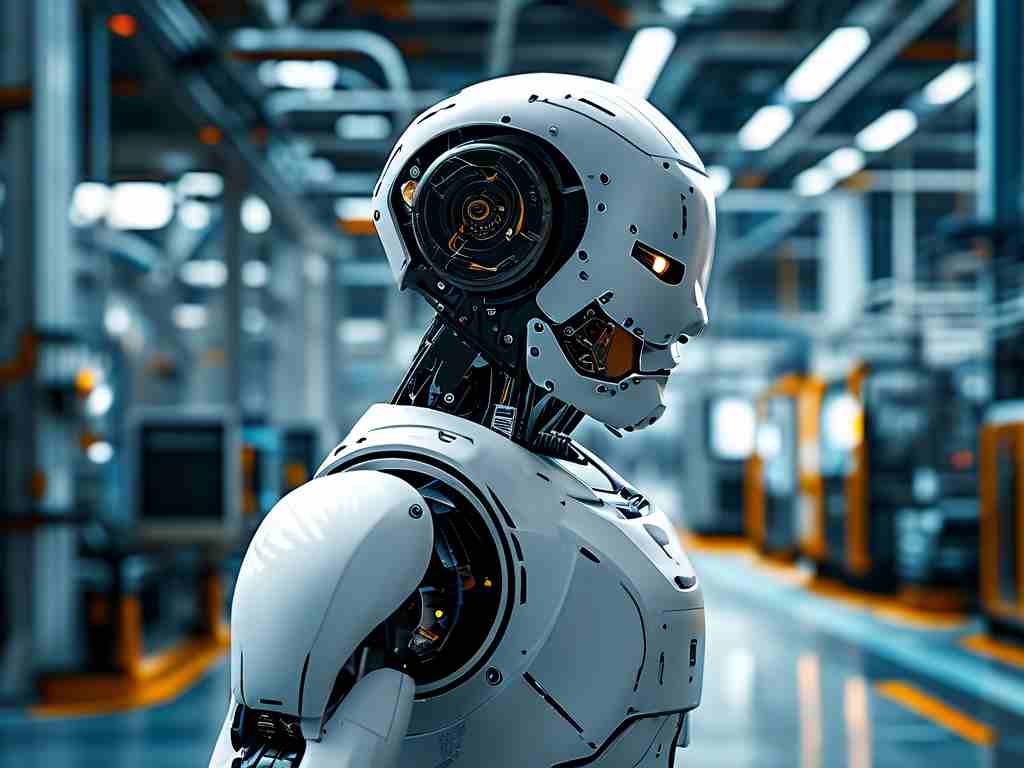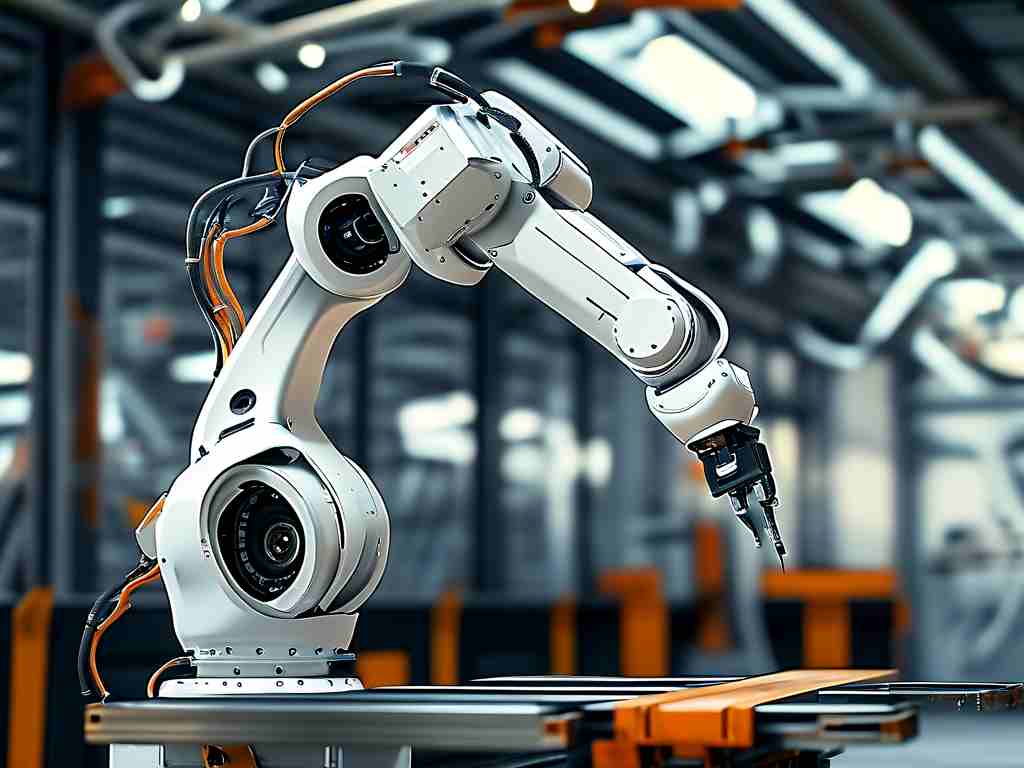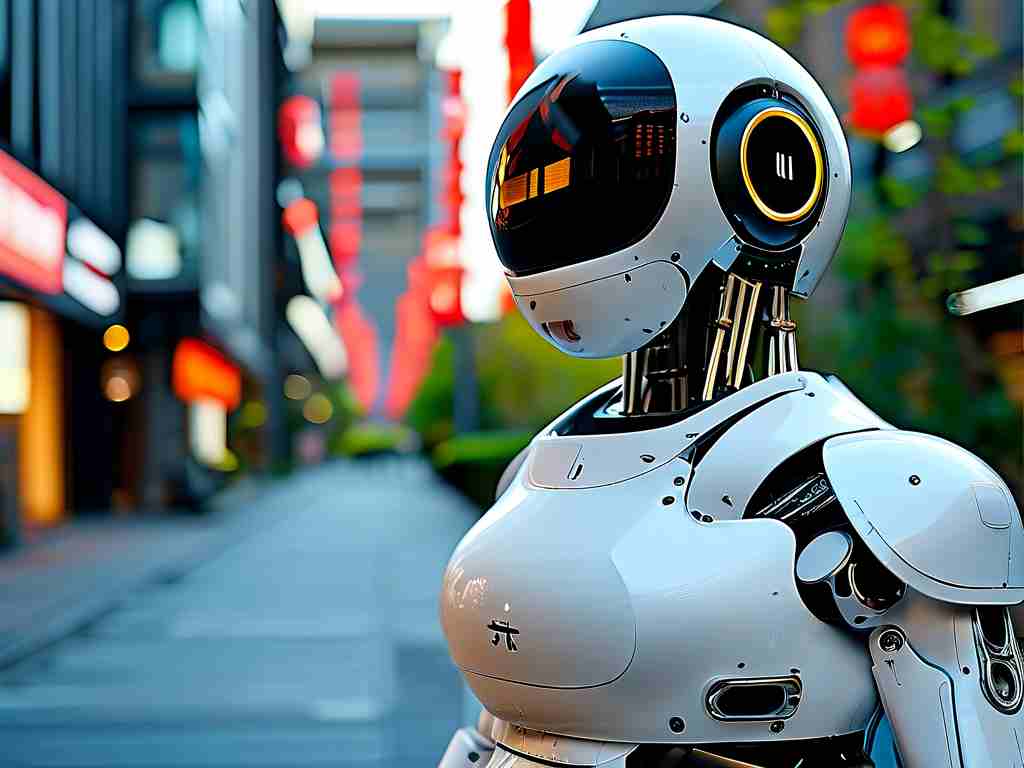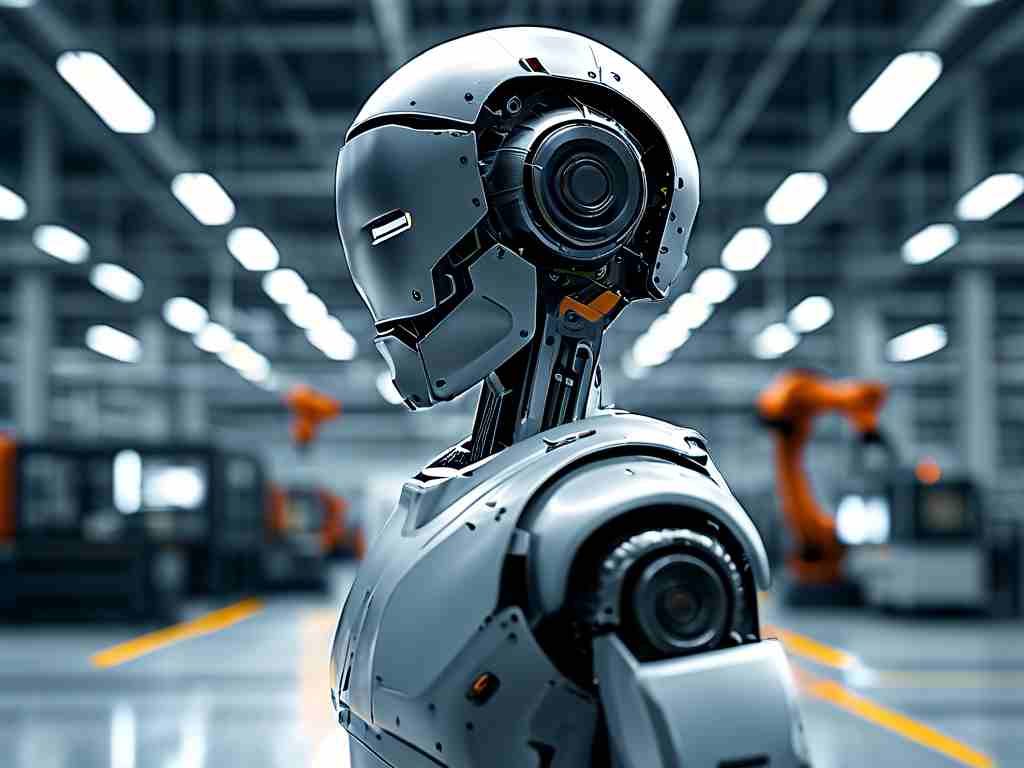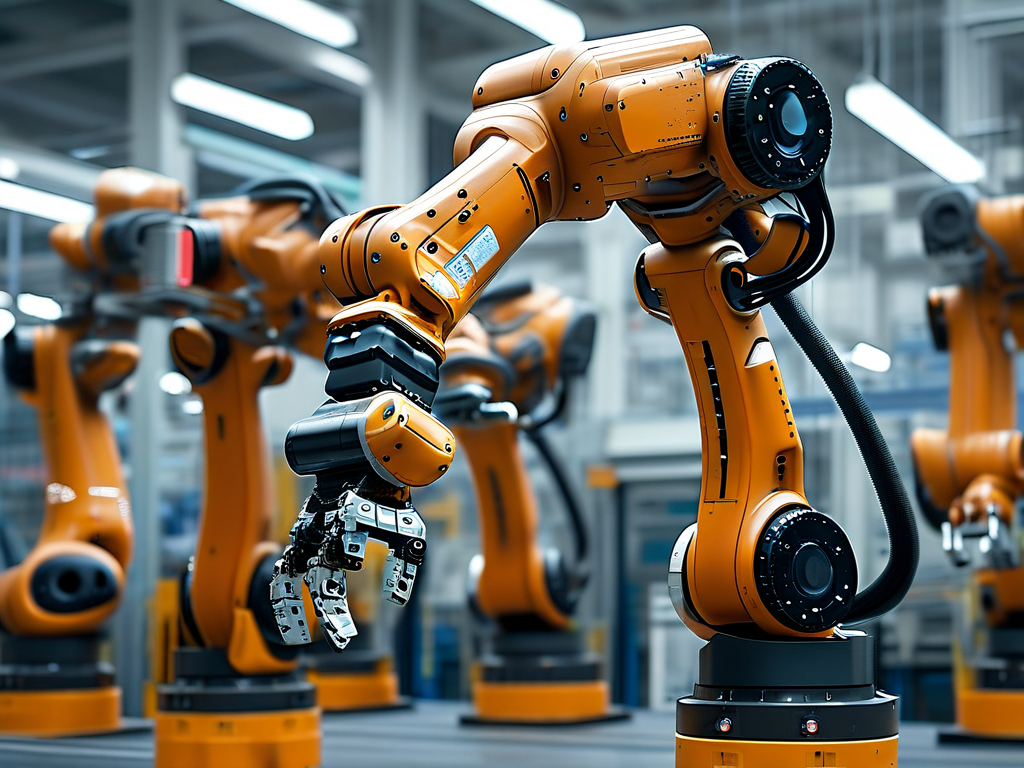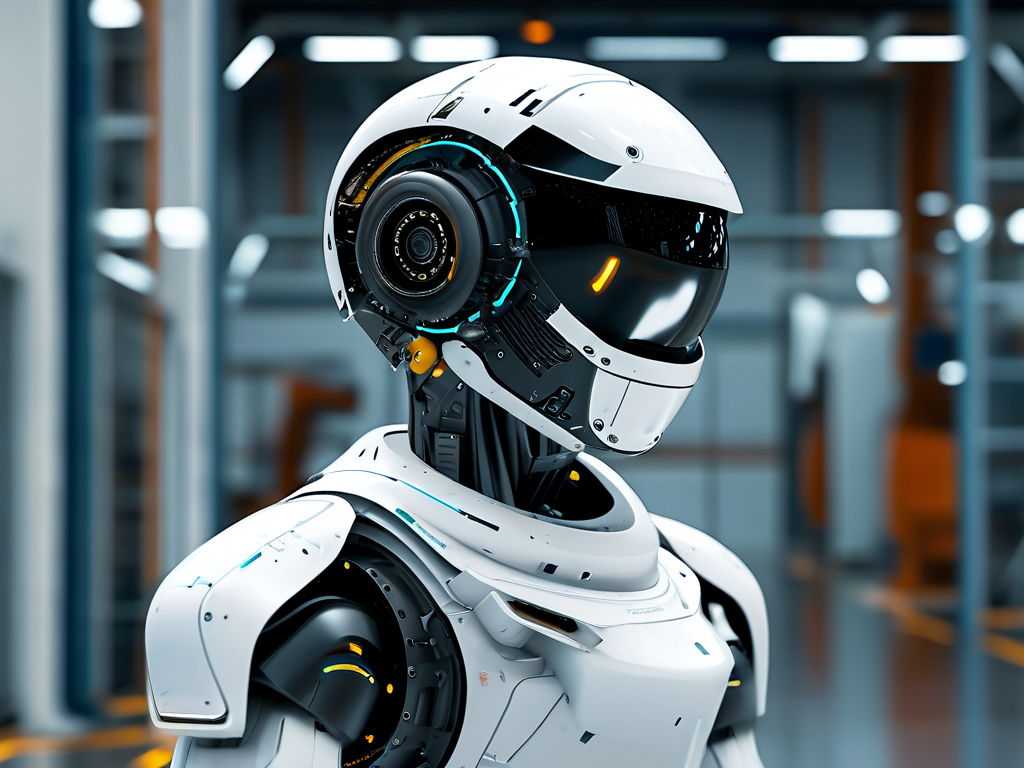The rapid evolution of intelligent robotics has ushered in a new era of industrial and societal transformation. By integrating advanced technologies such as artificial intelligence, machine learning, and sensor networks, modern robots are no longer confined to repetitive tasks but are now capable of adaptive decision-making and complex problem-solving. This article explores the latest advancements in intelligent robotics, their applications across diverse sectors, and the challenges that lie ahead.
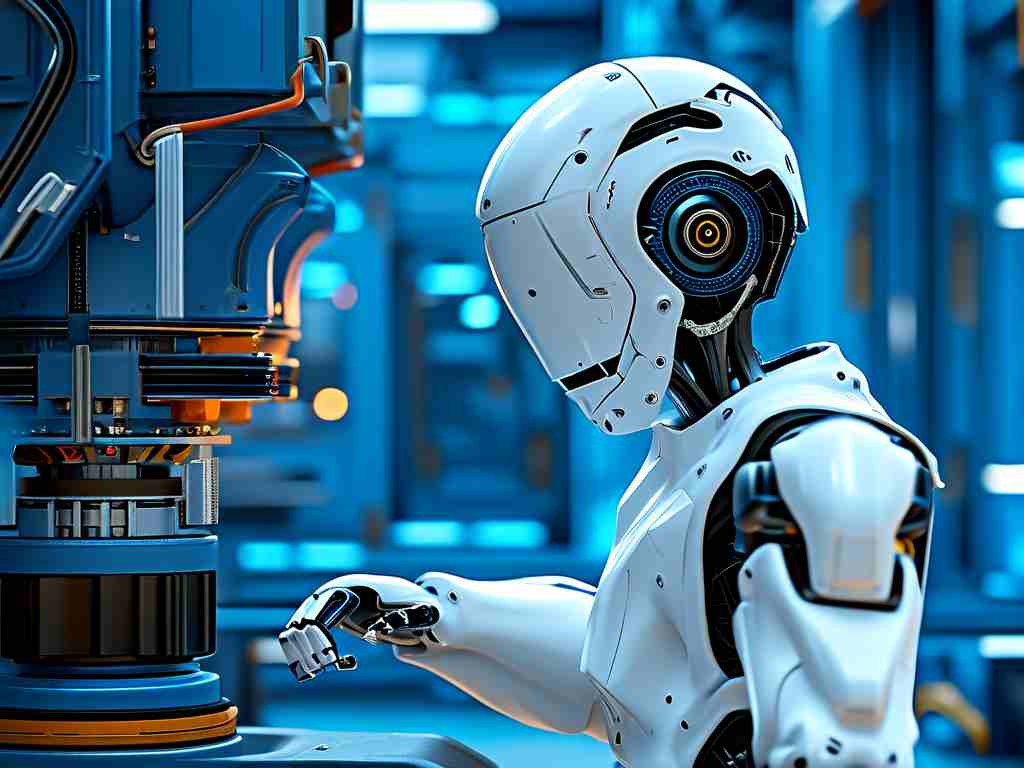
Core Technologies Driving Intelligent Robotics
At the heart of intelligent robotics lies a synergy of cutting-edge technologies. Machine learning algorithms enable robots to analyze vast datasets, recognize patterns, and improve performance over time. For instance, collaborative robots (cobots) in manufacturing now use reinforcement learning to optimize assembly line efficiency without human intervention. Sensor fusion—combining inputs from LiDAR, cameras, and tactile sensors—provides robots with nuanced environmental awareness, critical for tasks like precision agriculture or autonomous delivery systems.
Another breakthrough is edge computing, which allows robots to process data locally rather than relying on cloud servers. This reduces latency, a crucial factor in real-time applications such as surgical robotics. Companies like Intuitive Surgical have leveraged this technology to enhance the responsiveness of their da Vinci systems, enabling surgeons to perform minimally invasive procedures with unprecedented accuracy.
Applications Across Industries
Intelligent robotics is reshaping industries far beyond traditional manufacturing. In healthcare, robots like TUG by Aethon autonomously transport medications and supplies across hospitals, reducing human error and streamlining workflows. Meanwhile, exoskeletons powered by AI assist patients with mobility impairments, adapting to individual gait patterns through continuous feedback loops.
The agricultural sector has also seen transformative impacts. Autonomous drones equipped with multispectral imaging monitor crop health, while robotic harvesters like Agrobot’s strawberry-picking system use computer vision to identify ripe produce. These innovations address labor shortages and increase yield efficiency, critical for sustaining global food supply chains.
In logistics, companies such as Amazon and Alibaba deploy fleets of warehouse robots that collaborate seamlessly. These systems utilize swarm intelligence to dynamically reroute around obstacles, optimizing package sorting and delivery. During peak seasons, such adaptability ensures operational resilience despite fluctuating demands.
Challenges and Ethical Considerations
Despite its promise, intelligent robotics faces significant hurdles. One major challenge is ensuring robustness in unstructured environments. While robots excel in controlled settings, unpredictable scenarios—like navigating crowded public spaces—require advances in anomaly detection and self-recovery mechanisms. Researchers at MIT’s CSAIL are developing “failure-aware” algorithms that enable robots to anticipate and mitigate errors autonomously.
Ethical concerns also loom large. The displacement of human workers by automation sparks debates about job retraining and economic inequality. Additionally, biases embedded in AI training data can lead to discriminatory outcomes, as seen in some hiring robots that inadvertently favor specific demographics. Policymakers and technologists must collaborate to establish frameworks for equitable AI governance.
Future Directions
The next frontier for intelligent robotics involves human-robot symbiosis. Projects like Boston Dynamics’ Atlas and Tesla’s Optimus aim to create robots that understand contextual cues and social norms, enabling safer interactions in shared spaces. Another emerging trend is quantum computing integration, which could exponentially enhance robotic processing power for tasks like drug discovery or climate modeling.
Moreover, the rise of 5G and 6G networks will enable real-time collaboration between distributed robotic systems. Imagine disaster-response robots coordinating across continents via low-latency communication, or swarms of nanorobots performing targeted cancer treatments within the human body.
Intelligent robotics stands at the intersection of innovation and practicality, offering solutions to some of humanity’s most pressing challenges. From revolutionizing healthcare to redefining industrial productivity, its potential is boundless. However, realizing this potential demands not only technical ingenuity but also a commitment to ethical stewardship. As we navigate this transformative landscape, collaboration across disciplines will be key to building a future where robots augment human capabilities rather than replace them.


